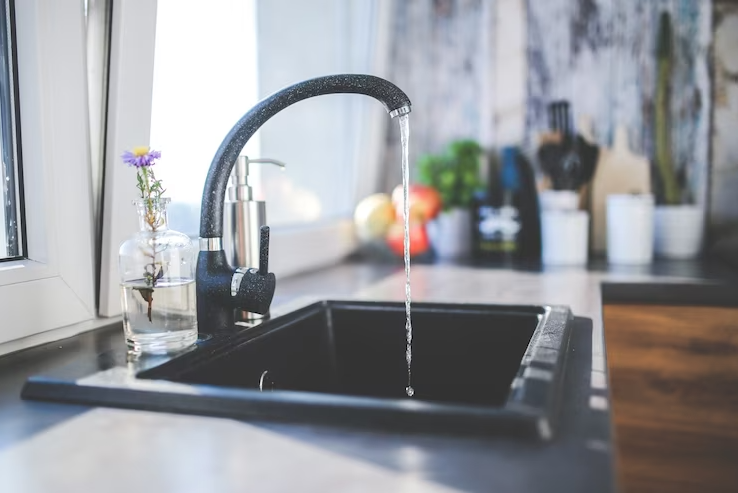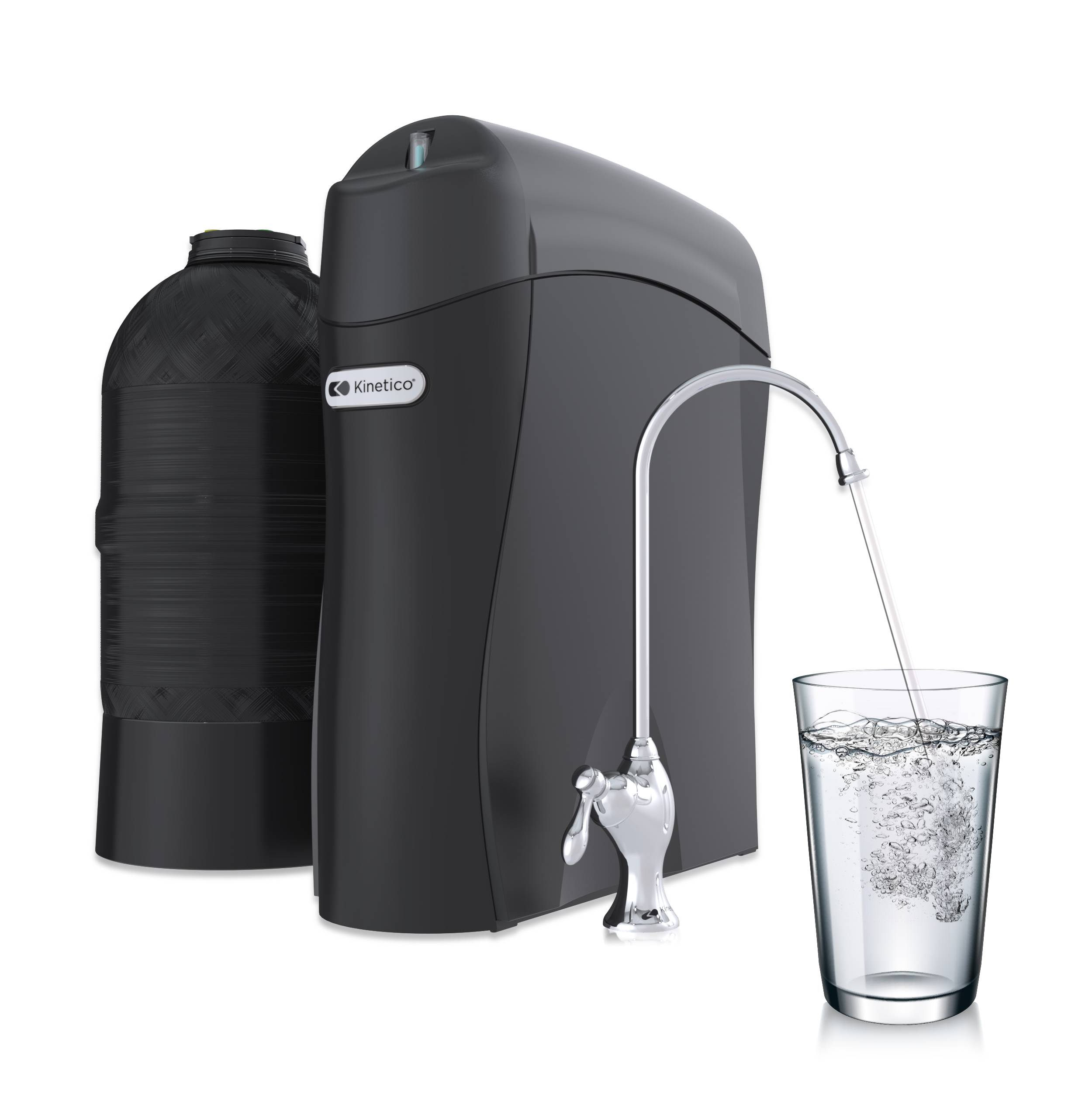
If your drinking water smells like rotten eggs, you may have sulfur in your water. Technically, the chemical compound that causes “rotten-egg” smell is a flammable, colorless, and extremely hazardous gas – hydrogen sulfide.
How sulfur ends up in well water?
Sulfate and hydrogen sulfide are two forms of sulfur that are commonly found in drinking water. When present in low concentrations, both these forms of sulfur don’t pose any health risk; however, high concentrations do change the taste and the color of the water. Sulfur concentrations can fluctuate with the depth of the water table.
Sulfate is a naturally-occurring mineral in some rock and soil formations that contain groundwater. It’s a combination of sulfur and oxygen that dissolves over time and is released into groundwater.
Formed from the decomposition of organic matter (decaying plant material), hydrogen sulfide also occurs naturally. However, it can also be produced when naturally-occurring sulfates in water convert to hydrogen sulfides. What causes this conversion is a sulfur-reducing bacterium, which flourishes in an oxygen-deficient environment such as plumbing systems and deep wells.
More commonly found in wells and groundwater supplies rather than in surface water, hydrogen sulfide causes that offensive sewage odor.
How to get rid of the sulfur smell in the water?
Many factors (including the level of sulfur, the amount of iron and manganese in water, etc.) are taken into consideration before selecting the sulfur treatment method. Several sulfur removal methods are available; most operate on the principle of oxidization (changing the sulfur from soluble to insoluble state). Sulfur in solid/ insoluble state is easily filtered out using the filtration method.
Ozone, chlorine, aeration, and peroxide injections are some common processes that are used to get rid of the sulfur smell by boosting the oxidizing properties of the water being treated.
Liquid chlorination:
Using 5% – 10% chlorine (over 6 mg/l) can effectively remove medium to a high level of sulfur in well water. The process of water chlorination requires a contact tank and a backwashing carbon filter. After the chlorine is injected into the water supply, the sulfur starts precipitating. Chlorine is a powerful oxidizer and works well as a disinfectant, but one may need to use a de-chlorinating carbon filter to produce chlorine-free water for drinking and cooking purposes.
Hydrogen peroxide:
Hydrogen peroxide system completely removes manganese, iron, and sulfur in well water, making it one of the most effective sulfur eradication systems. Hydrogen peroxide is made up of hydrogen and oxygen, and cannot be considered as a hazardous chemical. During the sulfur treatment, no chemicals are added to the water supply. A quality hydrogen peroxide system is the perfect solution to practically any sulfur, iron, and manganese water problem.
Ozone:
Another powerful oxidizer, ozone proves to be highly effective on large amounts of sulfur. Ozone is injected into the water supply as a pre-treatment to water filtration. A properly-sized and quality ozone generator can easily handle high concentrated sulfur water as compared to the other methods of filtration. Even though ozone disinfection systems have a minimal operating cost, it costs four times more than other sulfur removal systems.
Backwashing filters:
The most widely used sulfur removal method is a backwashing filter. Backwashing filters work by turning the soluble sulfur into solid particles to filter them out later. How fast the soluble sulfur converts into insoluble state depends on the pH of water. A pH above 7 is an absolute necessity. However, a pH of 8 enhances the chances of successful removal of sulfur in the water supply.
Sulfur guard backwashing filter from K water:
This easily-maintained dual tank sulfur filter system takes care of hydrogen sulfide and sulfate problems simply and efficiently possible. With no timers to adjust, there is nothing to do much with this sulfur removal backwashing filter but to enjoy safe and clean water. If you are considering the use of a backwashing filter for the sulfur water treatment, please contact one of our sulfur water treatment specialists today!
Aeration removal method:
The process of aeration reduces the level of hydrogen sulfide and iron (if present in water) to acceptable amounts. This aeration system also works on the principle of oxidation, which results in satisfactory iron-free and odor-free water with no setline time.
Aeration system from K water:
Typically installed as a whole house water filtration system, this simple yet effective single-tank aeration system oxidizes iron, manganese, and hydrogen sulfide in water to convert them into solid particles. The solid particles are, then, removed with the filtration method.
Whole house filtration systems from K water:
Designed to remove dirt, mud, sulfur, chlorine, and other contaminants, K water’s whole house filtration system is the perfect, economical, and effective solution to ensure quality water throughout the house. Made for the private well water, this water filtration system removes up to 97% of chlorine and 3 ppm hydrogen sulfide from the water. If you are thinking of installing a whole house water filtration system, contact us today so we can answer all your questions.



